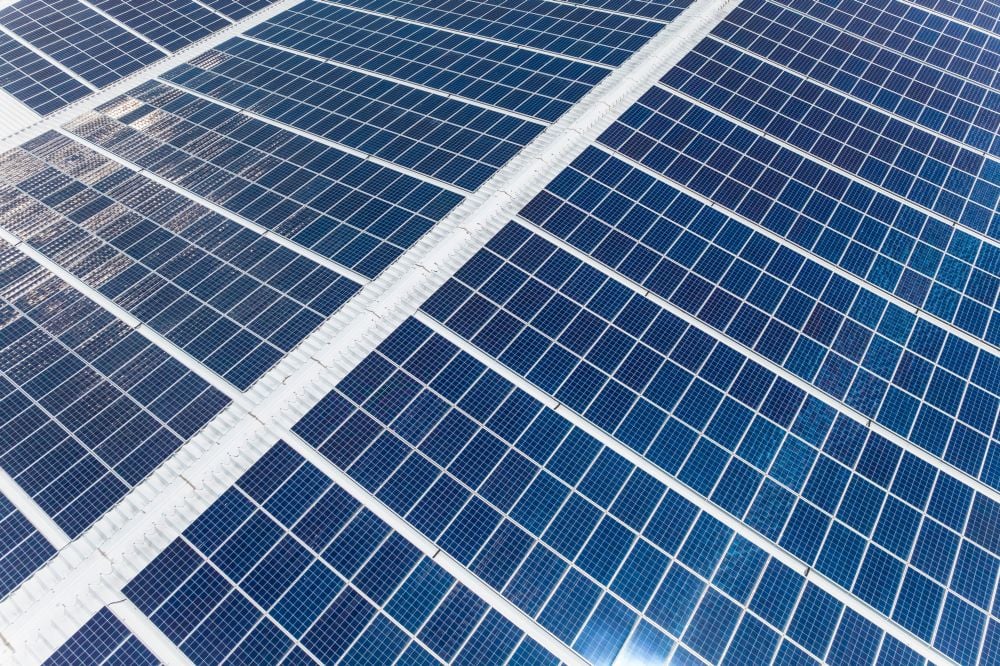Green, social, sustainability, sustainability-linked and transition (GSS+) labelled debt reached a combined volume of US$417.8 billion in the first half of 2022 (H1 2022), representing a year-on-year (y-o-y) decrease of 27% against H1 2021, according to a recent report. However, signs of a revival emerged as green issuance picked up in Q2, increasing by 25% on Q1 with a volume of US$121.3 billion.
The Russian invasion of Ukraine in February and subsequent European energy crisis has exacerbated post-Covid-19 inflation, impacting bond market dynamics, notes the report published by Climate Bonds Initiative. Rising interest rates and high volatility resulted in decreased bond issuance, including GSS+ volumes that have been soaring in recent years. Cumulative volumes of labelled (GSS+) issuance stood at US$3.3 trillion at the end of H1 2022, with green cumulative volumes at US$1.9 trillion.
Climate Bonds screens self-labelled green bonds, and only those aligned with international climate targets as expressed in the Paris agreement are included in its green bond database.
The green label, historically the largest (with US$1.9 trillion cumulative volumes), has seen consecutive y-o-y growth over the last decade (since 2012) and boasts a y-o-y growth rate of over 50% since market inception in 2007, the report points out. In 2022, however, a variety of challenges facing the global economy and the bond market have left this year’s progress slower than hoped as volumes are 21% behind H1 2021 volumes.
The report highlights that:
- In H1 2022, new green debt instruments recorded in the Climate Bonds green bond database totalled US$218.1 billion, a 21% drop compared with the record H1 volumes of US$277.5 billion in 2021.
- While Q1 2022 saw the lowest volumes since Q4 2020, green issuance picked up in Q2, with US$121.3 billion, a 25% increase on the quarter.
- June was the busiest month of the year, closing the first half at almost US$47 billion, or 22% of year- to-date issuance.
- This brings cumulative, green-themed issuance closer to the US$2 trillion milestone, at just under US$1.9 trillion.
- Issuers from 40 countries (excluding supranationals) priced green bonds in H1 2022.
- For the second consecutive quarter, China was the most prolific country by volume (US$48.2 billion, or 22% of the total), issuance (190 deals) and number of issuers (116).
Social bonds comprised 15% (US$63.8 billion) of the H1 2022 volumes, with social issuance down by 57% from H1 2021 (US$90.5 billion). Bonds issued to the end of H1 2022 brought cumulative social-themed volumes to US$583.9 billion. The sharp rise of this theme was largely related to mitigating the most urgent impacts of Covid-19 and issuance has subsided along with the crisis.
Sustainability bond issuance comprised 21% (US$87.2 billion) of total labelled issuance in H1 2022, a decline of 13% against H1 2021 volumes. Bonds issued to the end of H1 2022 brought cumulative sustainability issuance to US$622.4 billion. The proceeds of sustainability bond issuance are earmarked for a mixture of green and social causes and projects.
The sustainability-linked bond (SLB) market continued to grow in H1 2022, with new issuers and repeat issuers using the format to define and signal to investors their transition pathways. The SLB segment saw rapid y-o-y growth in Q1 and a more muted Q2 bringing H1 2022 total issuance to US$46.6 billion, which still marks an increase of 5.2% y-o-y.
H1 2022 also saw 23 transition bonds from 17 issuers totalling a volume of US$2.1 billion, as transition volumes trebled in Q2 from Q1 2021. Other than the European Bank for Reconstruction and Development’s 1.9-billion-Swedish-kroner (US$209 million) deal in January, all 2022 transition bonds originated from Japan and China’s transition finance programmes, targeting hard-to-abate sectors like steel, chemicals, aviation, as well as some issuance from utilities.
“It’s been a difficult year for the global bond market, and this hasn’t gone without consequences for labelled debt issuance,” says Krista Tukiainen, head of markets and data, at Climate Bonds. “However, signs of a rebound did emerge in the second quarter of the year, and we expect a steady revival to continue throughout 2022.”








